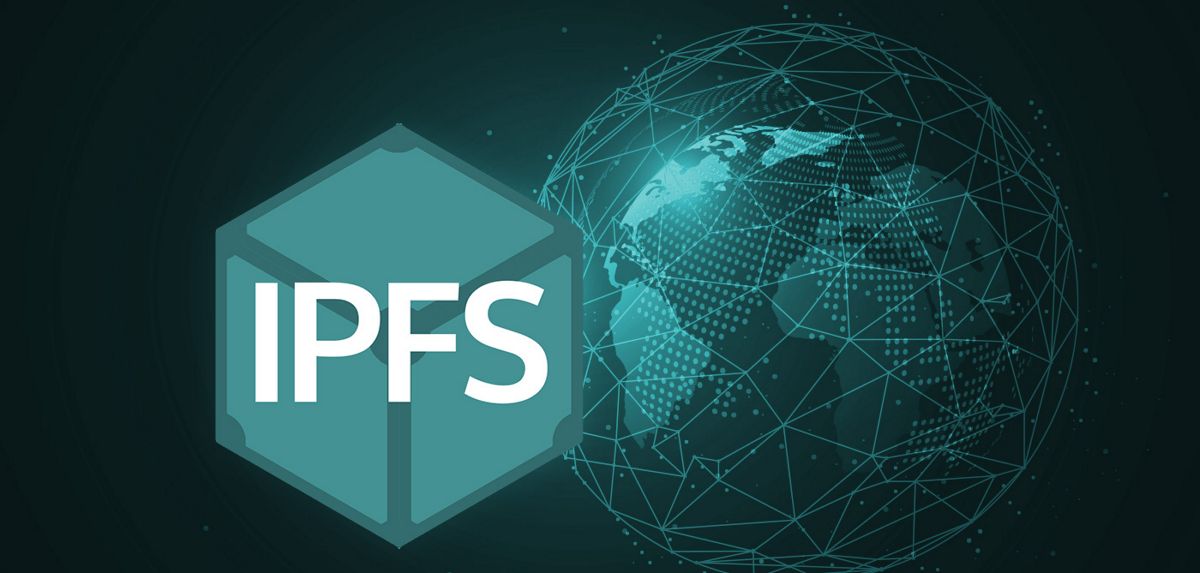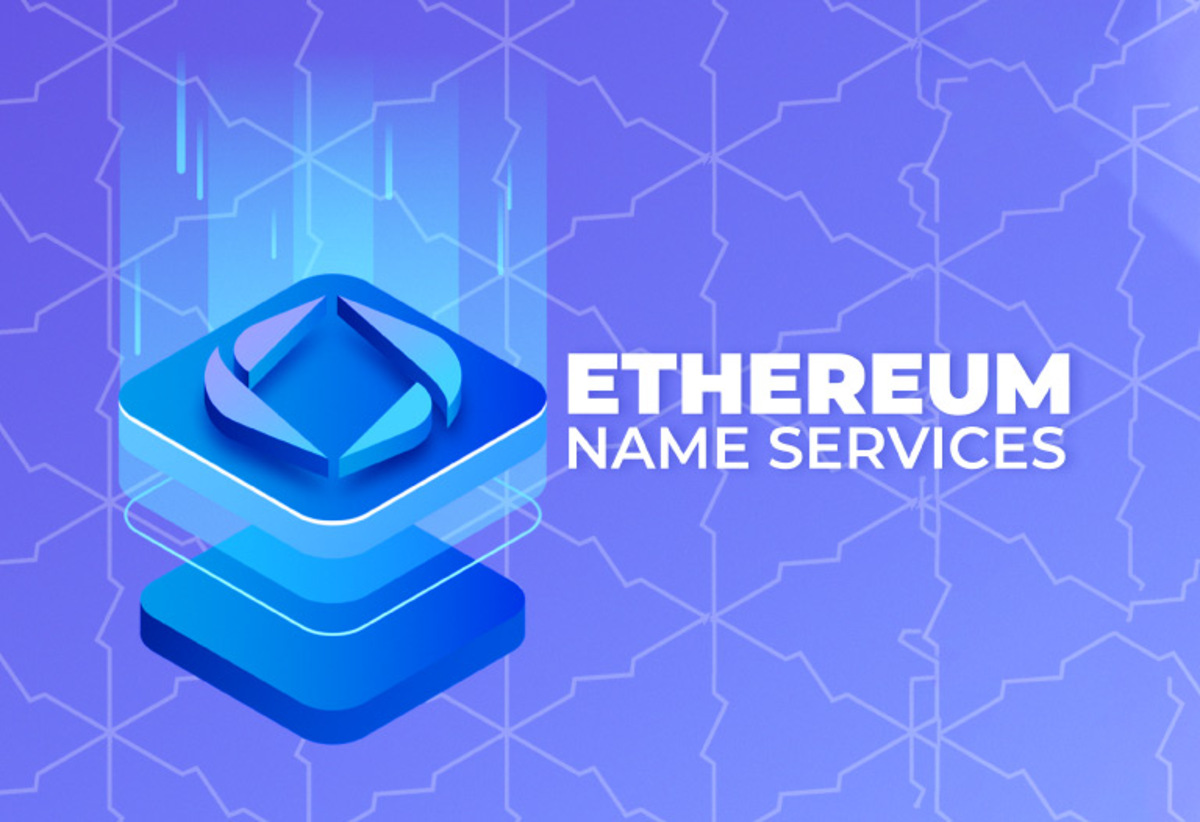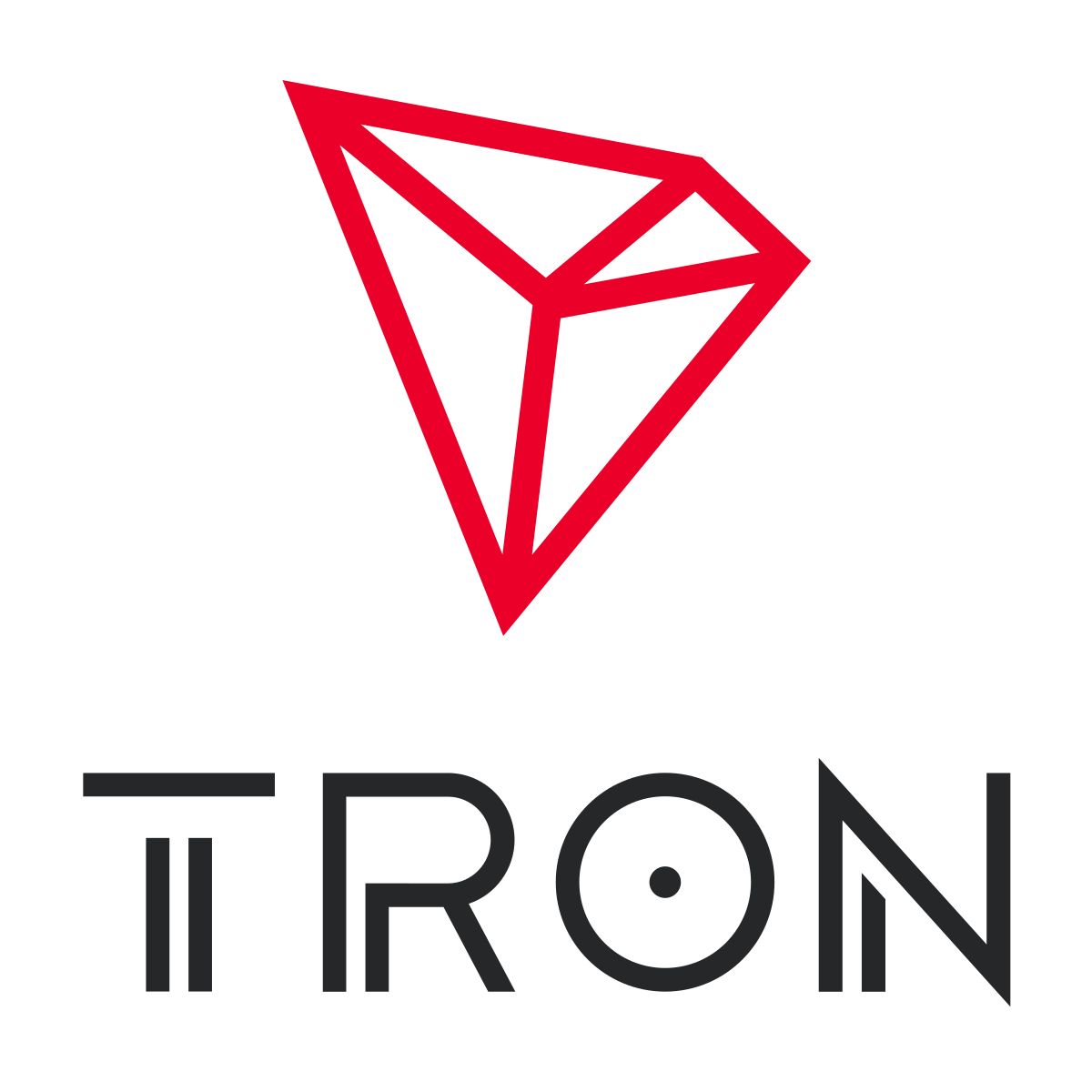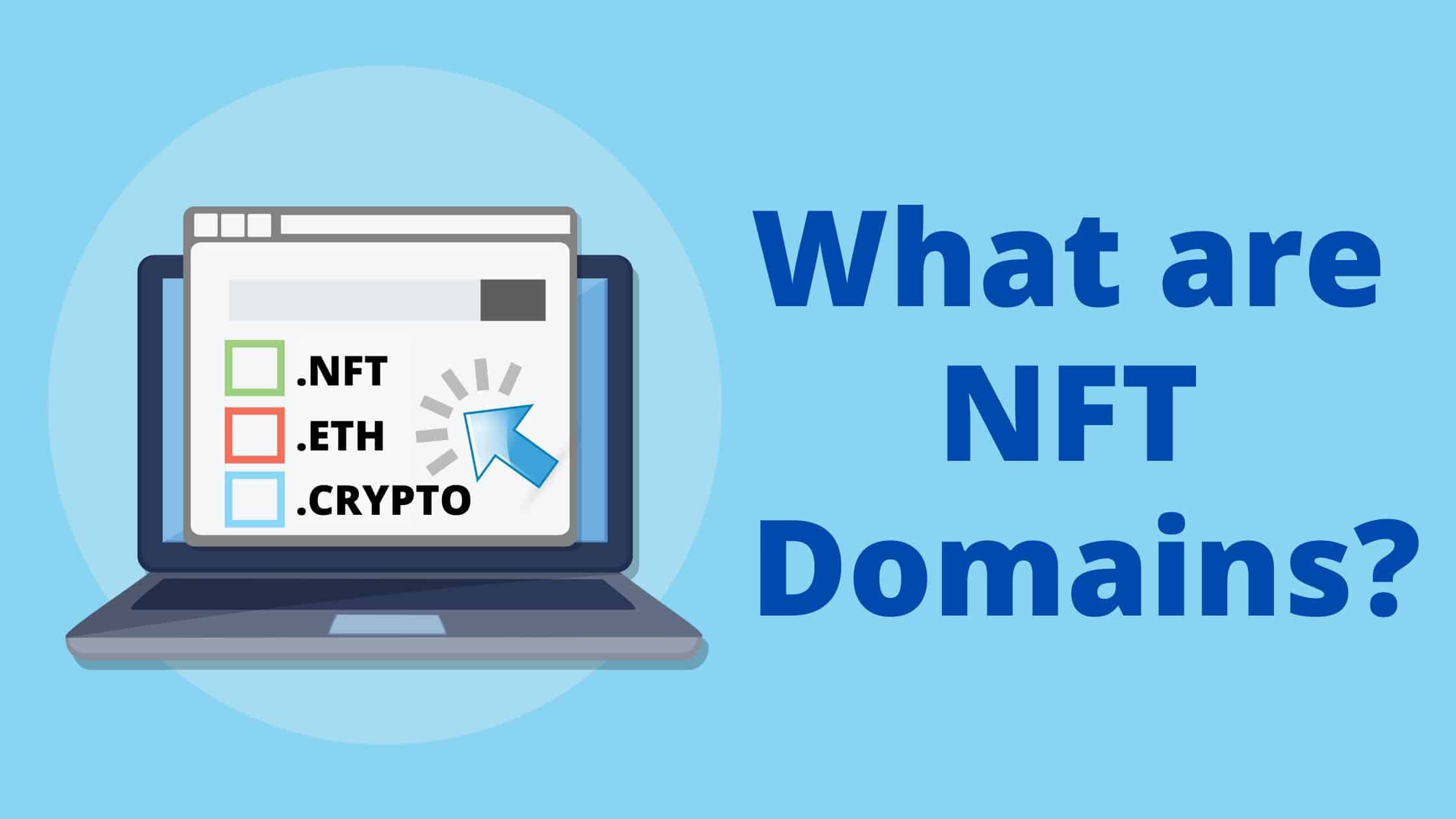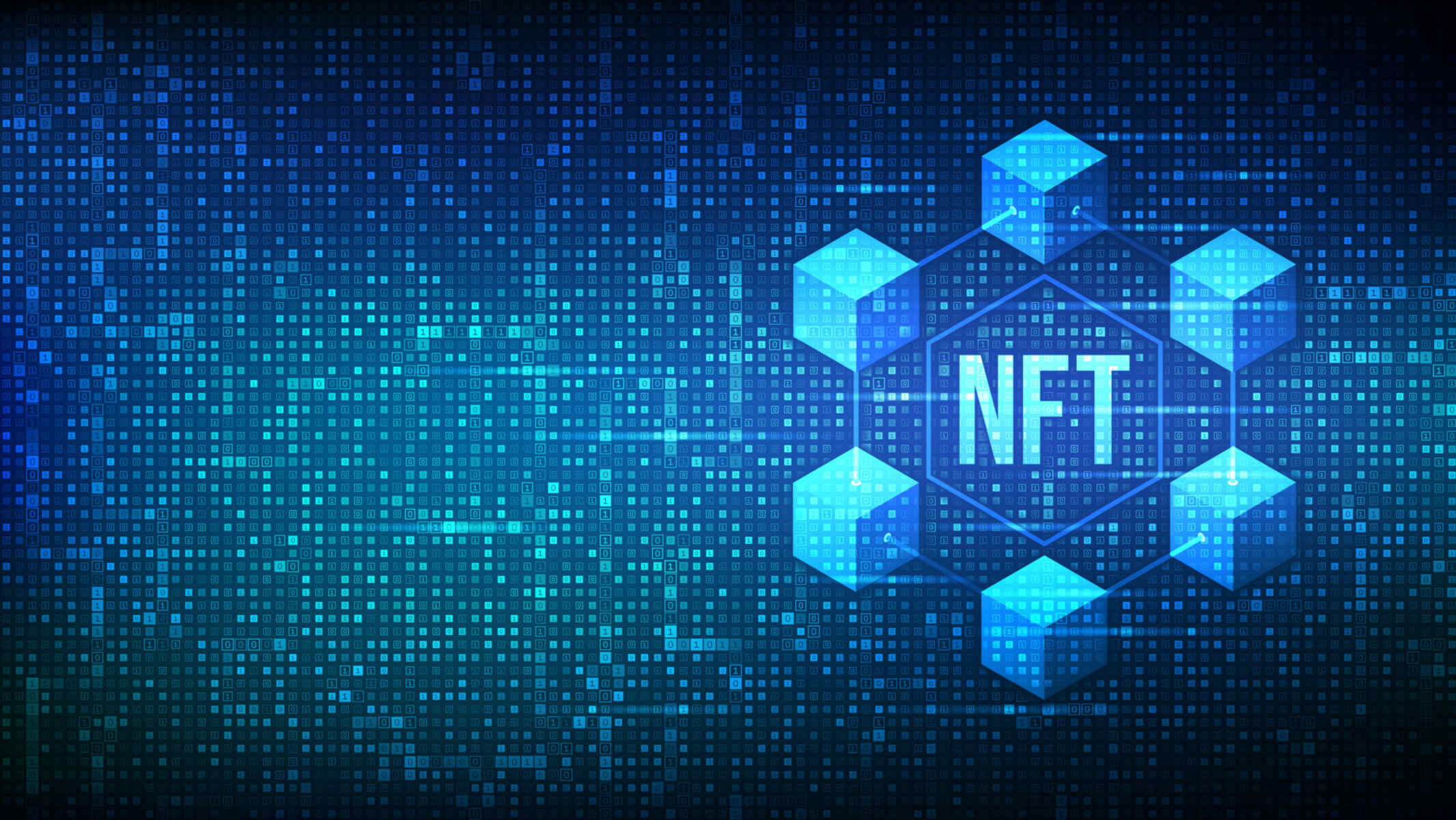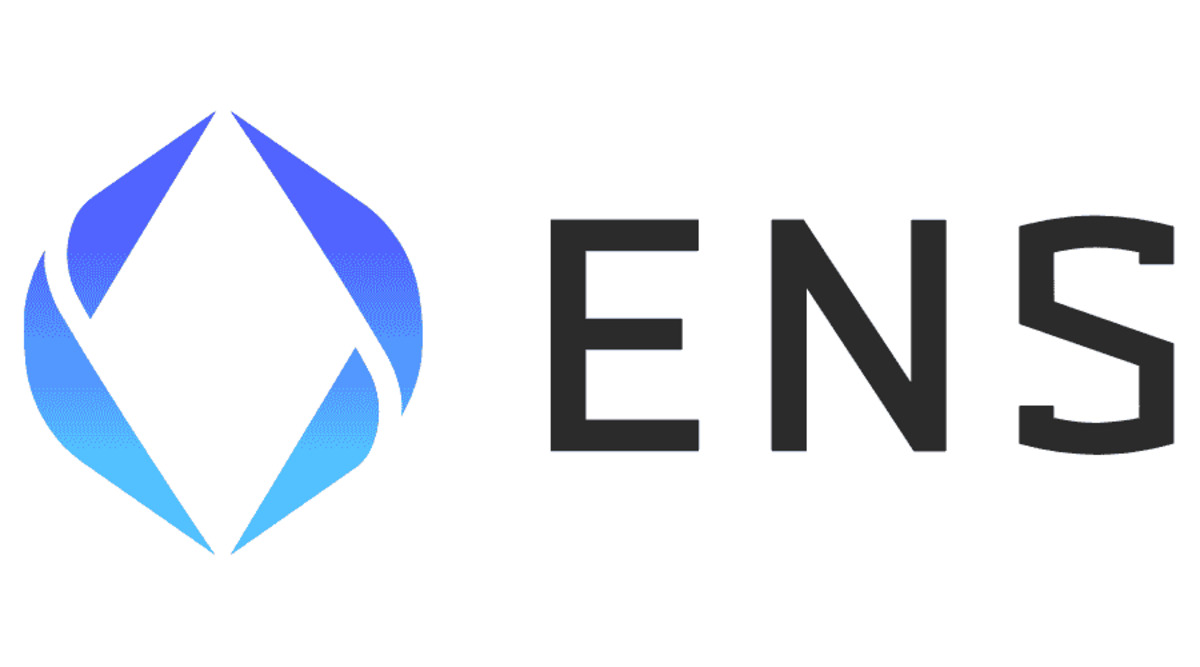Introduction
Welcome to the world of IPFS and blockchain. In this day and age, where data is the new gold, the need for secure and decentralized storage solutions has become more critical than ever. This is where the InterPlanetary File System (IPFS) comes into play, revolutionizing the way we store, distribute, and access data on the web.
IPFS is an innovative protocol designed to create a distributed and peer-to-peer network for storing and sharing files. Unlike traditional web protocols like HTTP or FTP, IPFS shifts the focus from location-based addressing to content-based addressing. In simpler terms, it means that instead of referring to the location of a file, IPFS refers to the content itself.
The core idea behind IPFS is to provide a more efficient, resilient, and transparent way of distributing and accessing data over the internet. By utilizing a distributed hash table, IPFS eliminates the need for centralized servers, making it resistant to censorship and ensuring data integrity. Furthermore, IPFS employs a versioned graph data structure, enabling efficient file sharing and collaborating among users.
IPFS brings an array of benefits to the table, particularly when integrated with blockchain technology. Blockchain, as a decentralized and immutable ledger, complements the decentralized nature of IPFS perfectly. Together, they create a powerful ecosystem that addresses the limitations of traditional web infrastructure and provides a more secure and efficient way for data storage and retrieval.
In this article, we will explore the inner workings of IPFS, its key features, and its integration with blockchain. We will also delve into the benefits of using IPFS in blockchain applications and explore some real-world use cases. By the end, you will have a comprehensive understanding of how IPFS and blockchain can revolutionize the way we store and share data on the web.
What Is IPFS?
The InterPlanetary File System (IPFS) is a peer-to-peer protocol designed to create a decentralized and distributed network for storing, sharing, and accessing files. It aims to overcome the limitations of the traditional web infrastructure by shifting from location-based addressing to content-based addressing.
In IPFS, instead of relying on URLs that point to specific locations of files, each file is given a unique cryptographic hash based on its content. This hash becomes the file’s identifier, allowing users to retrieve it from any node on the network. It eliminates the need for centralized servers and creates a more resilient and censorship-resistant web.
IPFS uses a distributed hash table (DHT) to facilitate faster and more efficient file retrieval. When a file is added to the IPFS network, it is divided into smaller chunks, and each chunk is assigned a unique hash. These chunks are then distributed across multiple nodes in the network, creating redundancy and ensuring that the file can be retrieved even if some nodes are offline.
One of the key advantages of IPFS is its versioned graph data structure. Each file or chunk in IPFS is linked to its previous versions, creating a Merkle DAG (Directed Acyclic Graph) of all the changes. This versioning mechanism allows for efficient file sharing and collaborating among users, enabling them to track and revert changes in real-time.
Furthermore, IPFS employs a distributed and decentralized nature, making it highly resistant to censorship. As there is no central authority controlling the network, it becomes nearly impossible for any single entity to block or tamper with the data stored on IPFS. This feature makes IPFS an ideal solution for applications that require strict data integrity and censorship resistance.
Overall, IPFS is a groundbreaking protocol that aims to reshape the way we store, distribute, and access files on the internet. By providing a decentralized and content-based addressing system, it offers a more secure, efficient, and resilient alternative to traditional web protocols.
How Does IPFS Work?
Understanding how IPFS works requires a closer look at its underlying mechanisms. At its core, IPFS operates on three key principles: content-based addressing, distributed hash tables, and a versioned graph data structure.
Content-based addressing is one of the fundamental concepts of IPFS. Each file added to the IPFS network is assigned a unique cryptographic hash based on its content. This hash becomes the identifier for the file, allowing users to retrieve it from any node on the network. This approach eliminates the need to rely on specific server locations and enables efficient content discovery and retrieval.
A distributed hash table (DHT) is used in IPFS to store and retrieve files. When a file is added to the IPFS network, it is divided into smaller chunks, and each chunk is assigned a unique hash. These chunks are then distributed across multiple nodes in the network, forming a DHT. This decentralization ensures redundancy and fault tolerance. When a user requests a file, IPFS retrieves the corresponding chunks from different nodes, assembling them to recreate the complete file.
IPFS employs a versioned graph data structure called a Merkle DAG (Directed Acyclic Graph). Each file or chunk in IPFS is linked to its previous versions, forming a graph of changes. This enables efficient file sharing, collaborating, and tracking changes in real-time. Users can easily reference previous versions of a file, creating a robust and flexible versioning system.
Furthermore, IPFS utilizes a peer-to-peer network model for data transfer. When a user requests a file, IPFS identifies the closest nodes to the file based on their proximity in the DHT. These nodes collaborate to retrieve the requested file, utilizing their local caches and the caches of other nearby nodes. This distributed approach improves download speeds and reduces the load on individual nodes.
IPFS also includes a built-in content-addressed file system (CAFS), which provides secure and efficient file storage. The CAFS uses the content-based addressing system to store files in a way that ensures their integrity. Files are divided into smaller blocks and encrypted, with their hashes used as references. This allows for deduplication, minimizing storage requirements, and providing secure and tamper-proof data storage.
Overall, the combination of content-based addressing, distributed hash tables, versioned graph data structure, and a peer-to-peer network model enables IPFS to create a decentralized, resilient, and efficient system for storing, sharing, and accessing files on the internet.
IPFS vs. Traditional Web
IPFS presents a stark contrast to the traditional web infrastructure in terms of how data is stored, accessed, and distributed. Let’s explore some of the key differences between IPFS and the traditional web.
In the traditional web, files are typically accessed through URLs that point to specific server locations. The file’s location is crucial for retrieval. However, in IPFS, files are accessed through their content-based addresses, not their location. Each file is assigned a unique cryptographic hash based on its content, allowing users to retrieve it from anywhere on the network. This content-based addressing eliminates the dependency on specific server locations.
Centralization is a prominent characteristic of the traditional web. Websites and services often rely on centralized servers, controlled by a single entity. This centralization creates vulnerabilities, such as single points of failure and susceptibility to censorship. On the other hand, IPFS operates in a decentralized manner, utilizing a distributed network of nodes to store and retrieve files. This decentralization makes IPFS more resilient, censorship-resistant, and less reliant on any single entity.
In terms of file storage, the traditional web uses client-server architecture, where files are stored on specific servers. This architecture often leads to a single point of failure, as the loss or malfunctioning of the server can result in the loss of data. IPFS, on the other hand, utilizes a distributed hash table (DHT) and a peer-to-peer network model. Files are divided into smaller chunks and distributed across multiple nodes, ensuring redundancy and fault tolerance. This distributed approach makes IPFS more resilient to data loss.
Another distinction between IPFS and the traditional web is the way files are shared and accessed. In the traditional web, uploading and downloading files typically involve a direct connection between the client and the server. However, in IPFS, users can download files from multiple sources simultaneously, leveraging the distributed nature of the network and the caching capabilities of nearby nodes. This leads to faster and more efficient file sharing and retrieval.
Additionally, the traditional web lacks an inherent mechanism for versioning and tracking changes in files. IPFS, with its versioned graph data structure, allows for efficient file sharing, collaborating, and tracking changes. Users can reference previous versions of a file easily and have a comprehensive history of all modifications.
Overall, IPFS represents a paradigm shift from the centralized and location-based approach of the traditional web. It offers a decentralized, content-based addressing system, distributed storage, faster file retrieval, enhanced resilience, and efficient versioning capabilities. These factors make IPFS a powerful alternative to the traditional web infrastructure, offering a more secure, transparent, and efficient way of storing and accessing files on the internet.
IPFS and Blockchain Integration
The integration of IPFS and blockchain technology creates a robust and secure ecosystem for storing and accessing data. Blockchain, with its decentralized and immutable nature, complements the decentralized architecture of IPFS. Let’s explore how these technologies integrate and complement each other.
Blockchain serves as an ideal storage layer for IPFS. It provides a tamper-proof and transparent ledger for recording the hashes and metadata of files stored on IPFS. By storing these references on the blockchain, the integrity and authenticity of the files can be ensured. Any attempt to modify or tamper with the data can be easily detected as it would require altering the corresponding blockchain records.
Furthermore, blockchain introduces decentralized governance and consensus mechanisms into the IPFS ecosystem. Smart contracts on blockchain platforms such as Ethereum can be used to create rules and incentives for IPFS nodes, encouraging them to contribute storage space and bandwidth. This incentivization model leads to a more robust and efficient IPFS network as participants are motivated to contribute their resources in exchange for rewards.
One of the key benefits of integrating IPFS and blockchain is the enhanced data privacy and security. IPFS ensures that files are stored and transmitted in a secure and encrypted manner. Combining this with the immutability of blockchain technology provides a higher level of data integrity and protection against unauthorized access or data tampering. Users can have confidence that their data remains private and secure in the decentralized IPFS network.
Moreover, the integration of IPFS and blockchain opens up new possibilities for decentralized applications (dApps). With IPFS as the decentralized storage layer and blockchain as the immutable ledger, dApps can be created to provide secure and transparent data sharing, content distribution, and collaboration. These dApps can leverage the distributed nature of IPFS and the consensus mechanisms of blockchain to ensure trust and reliability.
Another advantage of integrating IPFS and blockchain is the potential for scalability. As the IPFS network grows, the demand for storage and bandwidth increases. By leveraging blockchain technology, storage and bandwidth can be allocated dynamically and efficiently among nodes in the network. This scalability ensures that IPFS can handle larger volumes of data and a growing number of users without compromising performance.
Overall, the integration of IPFS and blockchain technology creates a powerful synergy that enhances data privacy, security, and transparency. It enables the development of decentralized applications and provides a robust infrastructure for storing, sharing, and accessing data in a secure and efficient manner. The combination of IPFS and blockchain has the potential to revolutionize the way we store and interact with data on the internet.
Benefits of Using IPFS in Blockchain
Integrating IPFS with blockchain technology brings a multitude of benefits that enhance the overall functionality and security of blockchain applications. Let’s explore some of the key advantages of using IPFS in blockchain.
One of the significant benefits of using IPFS in blockchain is decentralized storage. Traditional blockchain networks store data directly on the blockchain, which can result in scalability issues and increased storage costs. By utilizing IPFS as a decentralized storage layer, blockchain applications can offload the storage burden to IPFS nodes, ensuring efficient and cost-effective storage scalability. This decentralized approach also enhances the overall security of the blockchain by reducing the risk of single points of failure and data manipulation.
IPFS enables content addressing, which ensures data integrity. Instead of referring to data by its location, IPFS uses cryptographic hashes to identify and retrieve content. This content addressing mechanism guarantees the authenticity and immutability of data stored on IPFS. When integrated with blockchain, IPFS provides an additional layer of data verification and integrity, making it nearly impossible to tamper with data stored on IPFS and referenced on the blockchain.
Another benefit of using IPFS in blockchain is enhanced data privacy. Traditional blockchain networks typically store data on-chain, which can expose sensitive information to anyone with access to the blockchain. By utilizing IPFS as the storage layer, blockchain applications can store sensitive data off-chain, encrypted, and accessible only to authorized parties. This approach ensures that sensitive information remains private, providing a higher level of data security and privacy compliance.
IPFS also improves the efficiency of data retrieval in blockchain applications. In traditional blockchain networks, retrieving data stored on-chain can be time-consuming and resource-intensive, especially as the blockchain grows in size. By offloading data storage to IPFS, blockchain applications can leverage the content addressing mechanism of IPFS to quickly retrieve and verify data. This enhances the overall performance of the blockchain network and improves the user experience.
Furthermore, IPFS enables file deduplication and efficient distribution of data. When storing files on IPFS, duplicate files are automatically identified and eliminated, reducing storage redundancy and optimizing storage utilization. Additionally, IPFS’s peer-to-peer network model allows for efficient file distribution, as files can be retrieved from multiple nodes simultaneously. This ensures faster data access and improved network scalability.
Ultimately, the integration of IPFS in blockchain brings numerous benefits that enhance the functionality, security, and scalability of blockchain applications. Decentralized storage, content addressing, enhanced data privacy, efficient data retrieval, and file deduplication are among the key advantages. By leveraging IPFS in blockchain, organizations can benefit from a more robust and secure ecosystem for data storage and access, opening up new possibilities for decentralized applications and blockchain use cases.
Use Cases of IPFS in Blockchain
The integration of IPFS and blockchain technology provides a wide range of use cases that leverage the benefits of decentralized storage, enhanced data integrity, and improved data access. Let’s explore some of the practical applications of IPFS in blockchain.
One prominent use case of IPFS in blockchain is decentralized file storage and sharing platforms. Traditional cloud storage services often rely on centralized servers, making them vulnerable to data breaches and censorship. By utilizing IPFS as a decentralized storage layer, blockchain-based platforms can offer secure and private file storage and sharing capabilities. Users can store their files on IPFS, and the associated metadata and access permissions can be recorded on the blockchain, ensuring data integrity and privacy.
IPFS also holds great potential in the realm of supply chain management. With the help of blockchain to record and verify transactions, and IPFS for secure and decentralized storage, supply chain participants can store important documents, certificates, and tracking information on IPFS. This ensures that the data remains tamper-proof and easily accessible to authorized parties throughout the supply chain, enhancing transparency and traceability.
Decentralized finance (DeFi) is another area where IPFS and blockchain integration can be incredibly useful. Smart contracts and decentralized applications (dApps) in the DeFi space often require efficient and secure storage of data and documents. By leveraging IPFS as the storage layer, DeFi protocols can securely store user data, transaction details, and other sensitive information off-chain while providing verifiable references on the blockchain. This ensures data privacy, integrity, and reduces the costs associated with on-chain storage.
IPFS and blockchain integration can also revolutionize the world of intellectual property management. Digital content creators can store their copyrighted material on IPFS, with the corresponding digital fingerprints recorded on the blockchain. This ensures that the content remains securely stored and can be easily proven to be original and authentic. By leveraging the distributed nature of IPFS and the immutability of blockchain, intellectual property rights can be protected more efficiently and transparently.
Another exciting use case of IPFS in blockchain is in the field of social media and content sharing platforms. With centralized social media platforms often prone to censorship and data privacy concerns, blockchain-based social media platforms can leverage IPFS to offer a decentralized and censorship-resistant alternative. By storing user-generated content and associated metadata on IPFS, users can have more control over their data while still enjoying the benefits of a social media platform.
Overall, the integration of IPFS in blockchain opens up a wide range of possibilities across various industries and sectors. From decentralized storage and file sharing platforms to supply chain management, DeFi, intellectual property management, and social media, IPFS’s features enhance data security, integrity, and accessibility. These use cases represent just the tip of the iceberg, as the combination of IPFS and blockchain continues to innovate and transform various sectors in the digital landscape.
Conclusion
The integration of IPFS and blockchain technology offers a powerful solution for the secure, decentralized, and efficient storage and distribution of data. IPFS, with its content-based addressing, distributed hash tables, and versioned graph data structure, revolutionizes the way we store and access files on the internet. When combined with blockchain technology, IPFS brings additional benefits such as data integrity, enhanced privacy, and transparent verification.
By utilizing IPFS in blockchain applications, organizations can overcome the limitations of traditional web infrastructure and traditional storage solutions. They can leverage the decentralized nature of IPFS to create a more resilient, censorship-resistant, and scalable network for storing and sharing files. The integration with blockchain technology ensures data integrity, transparency, and privacy through the immutability and distributed consensus mechanisms of the blockchain.
The use cases of IPFS in blockchain are diverse and encompass various industries. From decentralized file storage and sharing platforms to supply chain management, DeFi, intellectual property management, and social media, IPFS’s benefits are applicable across different sectors. It provides a foundation for creating decentralized applications that offer secure and efficient storage and sharing of data, while maintaining privacy and data integrity.
In conclusion, the integration of IPFS and blockchain represents a remarkable innovation in the realm of data storage and access. It empowers individuals and organizations to have greater control over their data, eliminates the reliance on centralized authorities, enhances data integrity and privacy, and opens up new possibilities for decentralized applications and use cases. The combination of IPFS and blockchain has the potential to reshape the digital landscape, offering a more secure, transparent, and efficient way of storing, sharing, and accessing data on the internet.







